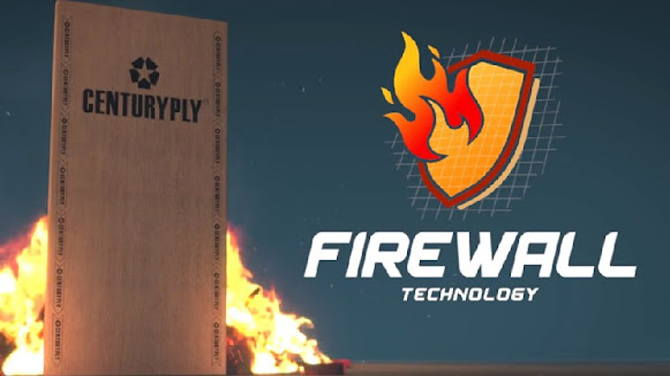Debunking Myths About Fire-Resistant Plywood: What You Need to Know

Where fire safety is concerned in construction, the material you use can make all the difference. Perhaps among the most effective options available today is fire-resistant plywood, designed to reduce the speed of flames and hence minimise destruction.
But even with its gaining popularity, several myths persist about fire-resistant plywood. Due to these misconceptions, many people often do not make the best decision for their projects.
Debunking Myths About Fire-Resistant Plywood: What You Need to Know
It is very important in the construction and design industry to differentiate fact from fiction. This would have a special bearing on the selection of materials that offer improved safety, such as fire-resistant plywood. Hence, here are five common myths and the truths associated with them.
1. Myth: All Plywood are Naturally Fire-Resistant
Equally misunderstood is the view that plywood has a specific level of fire resistance. This is absolutely not true. Normal plywood, though strong and versatile, does not possess the ability to resist high temperatures or retard the spread of fire
Fire-resistant plywood undergoes specific treatments that enhance its resistance to flames. This is where the significant difference arises when selecting materials for areas requiring improved fire safety.
2. Myth: Fire-Resistant Plywood is Only for Commercial Use
Many people believe that fire-resistant plywood is reserved for large commercial projects, such as shopping malls or office buildings. While it is true that most commercial spaces use such materials for added protection, fire-resistant plywood is also ideal for residential use. Homes and kitchens, as well as outdoor structures, can benefit from the enhanced safety this type of plywood provides, especially in high-risk areas where the hazards of fire are greater.
3. Myth: Fire-Resistant Plywood is Chemically Harmful
Another common myth is that the chemicals used for the treatment of fire-resistant plywood are harmful to health. The fact is that chemicals used in modern fire-resistant plywood are non-toxic and comply with the most stringent industry standards.
They are engineered to make certain the ply performs effectively by reducing the spread of fire without compromising the health of the occupants of the building. CenturyPly’s Firewall Technology, for instance, follows strict safety guidelines to ensure non-toxicity of the treatment.
4. Myth: Fire-Resistant Plywood is Less Durable
Some people might say that the added treatment of making plywood fire-resistant weakens it. Nothing is further from the truth. Fire-resistant plywood maintains the same structural integrity as ordinary plywood does. It undergoes additional treatments that make it resistant not only to flames but also to durability. This makes it a reliable choice for both safety and strength in any construction project.
5. Myth: Fire-Resistant Plywood is Too Expensive
Cost is one of the factors that come into play in choosing a building material, and many believe that fire-resistant plywood is one of the most expensive choices out there. But the return on investment in terms of the safety provided by such materials just makes it all so worth it.
Besides, the price difference between ordinary plywood and its fire-resistant counterpart has also reduced over time, which today makes it quite viable for many projects, whether residential or commercial.
Conclusion
Fire-resistant plywood plays a highly important role in enhancing fire safety for any building; however, it is largely misunderstood simultaneously. These myths show that such plywood provides superlative protection, durability, and affordability, thus making it a very intelligent choice for construction.
CenturyPly’s Firewall Technology has a significant role to play in this regard by assuring the latest form of protection by delaying the spreading of fire, always keeping safety paramount!

 English
English 



